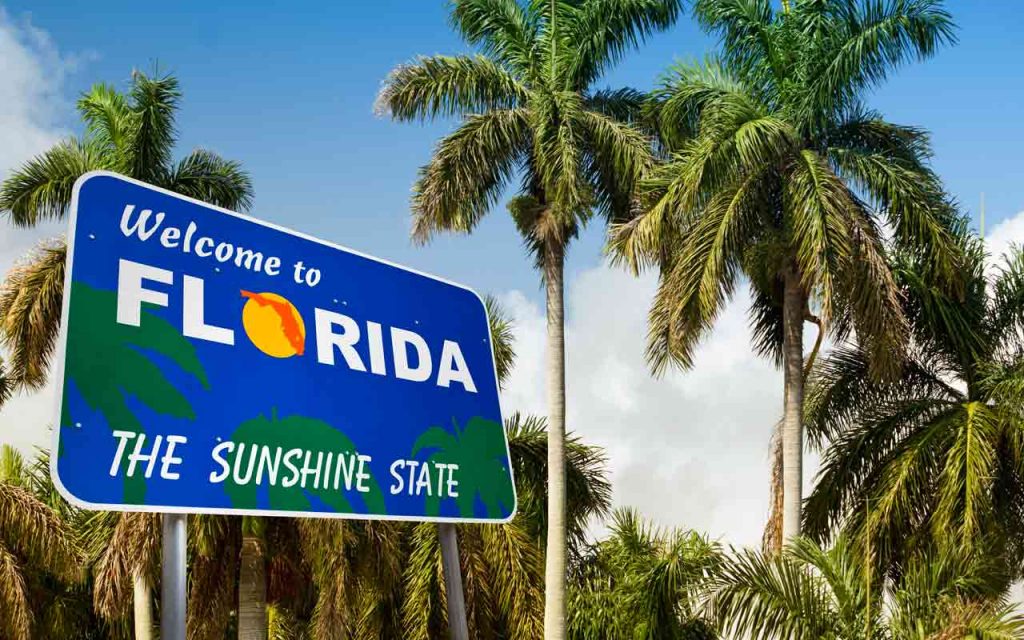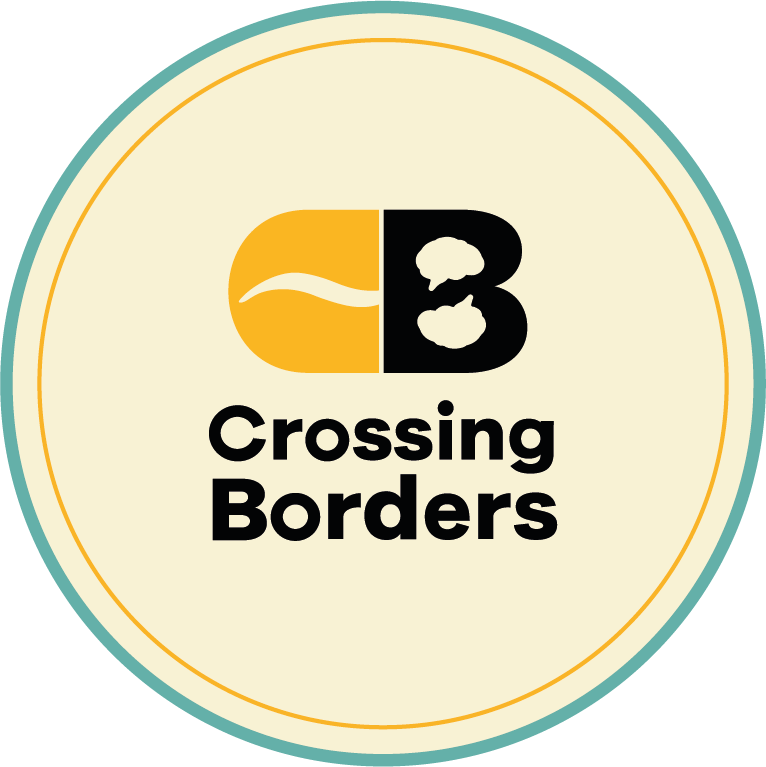Food For Thought With Jacob Holdt – Reflection by CB Interns Martina Popadakova & Owen Savage
Jacob Holdt made the Food for Thought event an unforgettable experience, not only for those guests who already know him, but mostly for those who heard him for the first time. His charismatic personality and life experiences were almost impossible to imagine — he left the audience impressed, inspired and empowered. It almost felt as if one evening was not enough to get to hear all that Jacob has to say. During the evening, the author of The American Pictures, and the newly published book “Om at sige ja”, presented some of the chapters designed for the audience to understand what milestones or better, coincidences shaped his life decisions, personal opinions and beliefs from early childhood to where is he today. He started off by showing pictures of his family and family house in Fåborg (the village where his spent the most of his childhood). As the son of the pastor at Grundtvig´s Church, expectations of who he should become were set. However, after being thrown out of high school, his next rebellious moves opened the doors in a world outside of Denmark. In 1970, Jacob travelled to Canada to work on a farm and from there he wanted to travel to South America to support the government of Salvador Allende after he was elected president of Chile in September 1970. However, he never made it – he arrived with only 40 dollars, fascinated and shocked by the social differences he encountered in the US. Holdt stayed in the USA for more then five years, crossing the country by hitchhiking over 100,000 miles and taking thousands of photographs. During these years Jacob started working with civil rights issues. He spent years protesting the Vietnam War and conditions in the Third World. He talked about how these events shaped his perspective on the issue of human rights and democracy and how it evolved over the years. He shared the interesting and adventurous part of his journey with us through the chapter love amongst the oppressed – in spite of all and showed photographs that presented aspects of black culture rather than aspects of oppression. The chapter Ghetto Love revealed pictures and story behind Jacob´s first marriage. A particularly interesting picture featured Jacob and Annie holding the South African consul´s baby during their wedding ceremony. Another fascinating story Jacob shared with us took place in 1977, when his book was published and the KGB revealed to him that it was their intention to use it in their campaign against President Carter in an effort to demonstrate that human rights were violated as much in America as Russia. Holdt hired his lawyer, Søren B. Henriksen, to stop his own book across the world except for in Germany, Holland and Scandinavia where they had already signed contracts with his Danish publisher; he managed to stop it and until the disintegration of the Soviet Union in 1991, Jacob did not release the book again. Jacob told us of his escape behind the Iron Curtain to Poland, experiencing and seeing the real face of communism in everyday life and meeting people until he met his current wife and took her on an adventurous journey around the world! Due to him losing most of his expected income from his book, Jacob could not fulfil his desire of financing a hospital but his hard work, activism and efforts throughout the years enabled him to build a nursing school for the Namibian resistance group SWAPO in Angola. Among all others stories, photographs and thoughts Jacob shared with us with such a passion, he taught me one fundamental thing – if we want to change the world or at least play a small part in influencing it positively, we need to find the “freedom to be able to say yes; the freedom to throw yourself into the arms of every single person you meet.”










